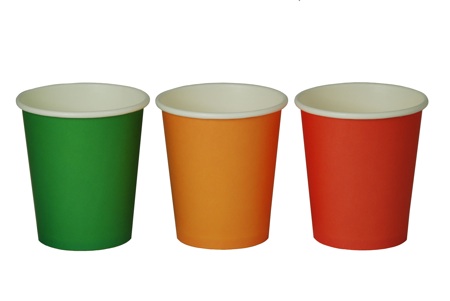The Ten Top Tips for using Traffic Light Cups:
1. When first introducing traffic lighting, model the approach for pupils so that they understand what you are trying to achieve. Use the technique often so that it becomes a normal classroom routine.
2. Use traffic light cups, not cards or discs as cups are much more easily seen in a busy classroom of, perhaps, 30 active pupils.
3. Have clear definitions for each of the coloured cups so that all know exactly how to indicate their understanding – for instance does amber mean ‘I want to ask a question’ or ‘I’m not sure’? It could be either, but make certain that you, the pupils and any in class support teachers are clear. Display the meanings in colour around the classroom and perhaps initially on cards on desks.
4. When looking for feedback from pupils, vary who you ask first. Perhaps for a difficult topic, start by asking the pupils displaying green cups, so that you can gauge the level of understanding. For other topics, possibly ask simple questions to those displaying amber cups. The important aspect is for pupils not to always expect you to ask the same group first – they are sometimes the masters of avoidance!
5. Combine using traffic light cups with a ‘no hands up’ rule – this way every pupil in a class knows that they may have to provide a comment or answer and not just the eager beavers who are always first up with the hands.
6. Have marking trays differentiated by traffic light colour so that when pupils hand in work they choose which tray to leave work in – green to indicate ‘Yes – I’ve got it and am confident I don’t need help’; amber to indicate ‘I am unsure about some of my work’ and red to indicate ‘I need help’. This way you can decide where you will concentrate your marking time and make decisions about your next teaching steps.
7. Try grouping pupils displaying the same colours together to either provide more support or to set extension tasks.
8. Put greens in groups together with reds to help the reds. This will further test the knowledge of the greens while you help the ambers. Obviously, you will have to ensure that there are no misconceptions by the greens, perhaps with a quick round of carefully thought out questioning.
9. To extend active learning, have corners of the room as designated colours in plenary sessions. Get pupils to move to the corner of the room which matches their perception of their own understanding and then either have pre-prepared tasks or questions ready to complete or have groups question each other.
10. Use traffic light cups, which are a low tech and low budget approach to highly effective assessment for learning, at the beginning of the next lesson in your starter to indicate the level of recall and understanding from your previous teaching.


















